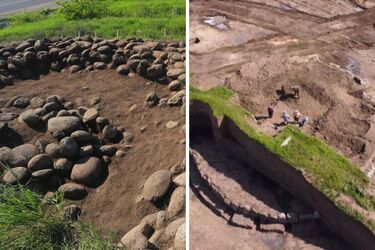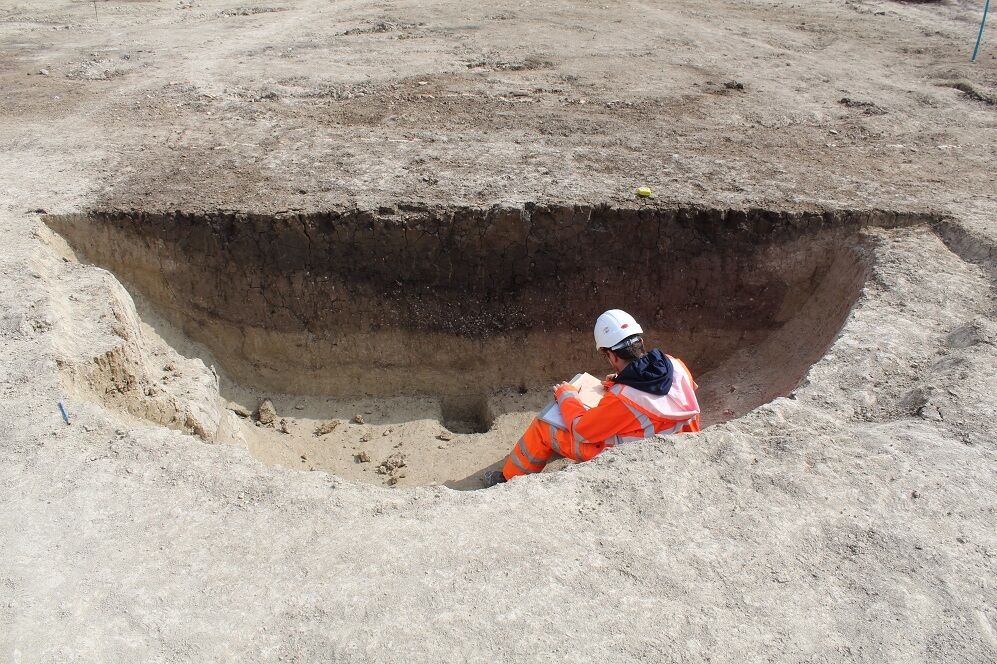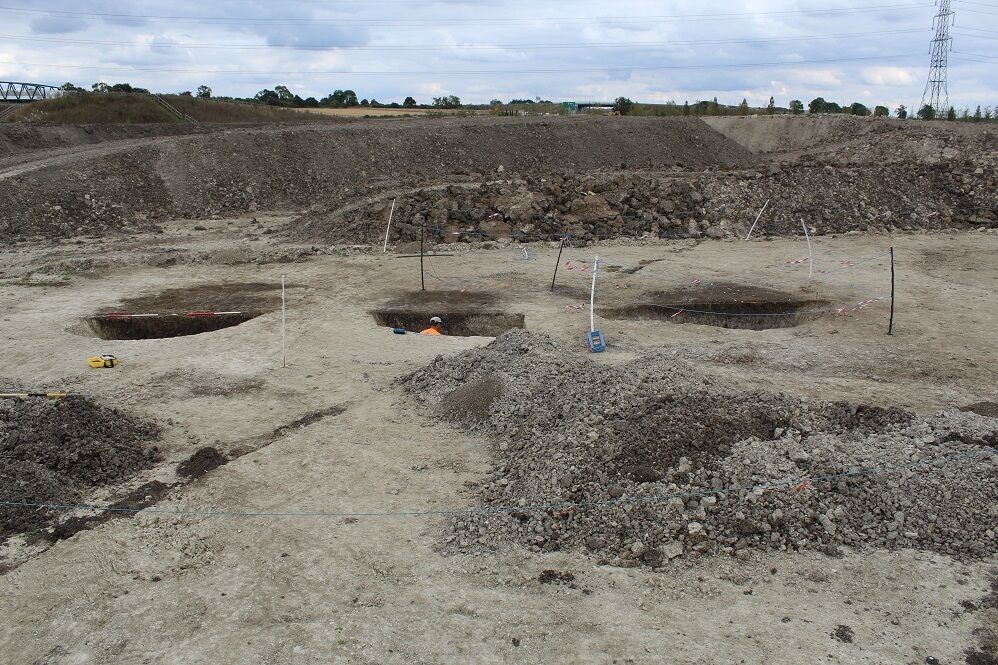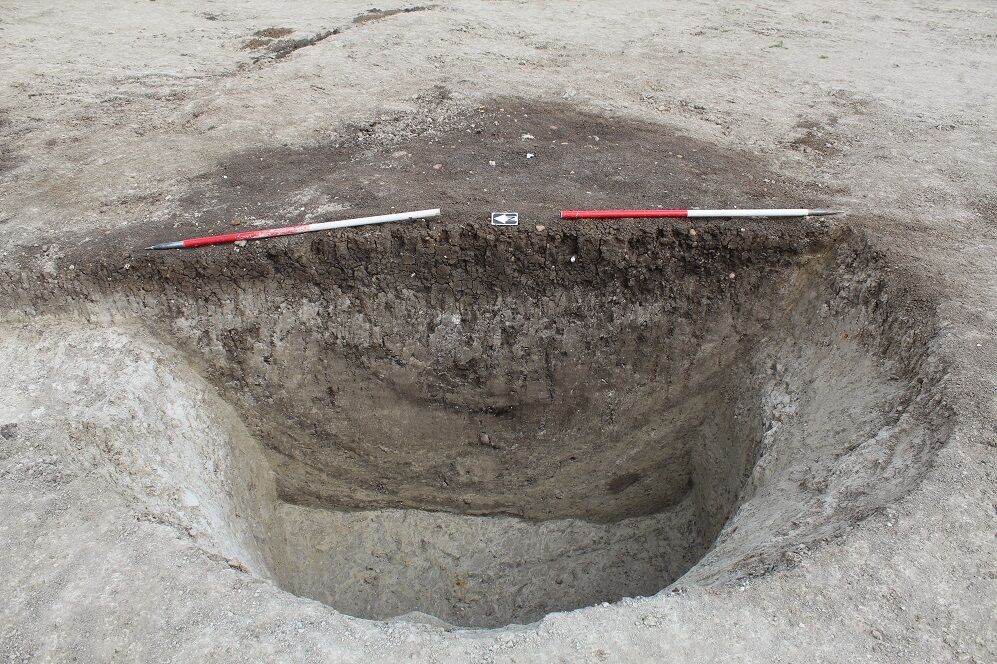Archaeologists found 25 strange Stone Age pits in England (photos)

Archaeologists have discovered 25 large pits scattered across the English countryside in an exciting discovery of national significance. These pits were discovered in Linmer, Bedfordshire, during two excavations conducted in 2019 and 2021.
According to radiocarbon dating, these features were created between 8500 and 7700 years ago, during the Late Mesolithic period, IFLScience writes.
The Mesolithic period in British history is known for its relatively limited amount of evidence, so this discovery is of great significance. The "Linmer Pits," as they are called, are rounded with steep sides and are up to 5 meters wide and about 1.85 meters deep. Some of the pits have flared bottoms, making them wider at the base. These pits are arranged in lines that are up to 500 meters long.





It should be noted that similar Mesolithic pits have been found in other regions of the UK, but the peculiarity of the Lynmer pits is that they are grouped around former stream channels.
Professor Joshua Pollard of the University of Southampton emphasizes the significance of this discovery: "The Linmer Mesolithic pits are a very exciting discovery. They stand out among other large and mysterious pits dug by hunter-gatherers in different parts of Britain, including Stonehenge. The number of these pits and their large area is impressive."
Read also: Royal tombs full of precious artifacts found in Cyprus (photo)
In some of the pits, animal bones were found that are important for studying life in that period. The bones belonged to various species such as martens, deer, wild boars, and turs. In addition, the bones of bison provided material for radiocarbon analysis, which helped to establish the age of these pits.
The researchers have not yet determined the exact cause of the pits, but have proposed several possible explanations. One theory points to their use for food storage, but this is less likely given the nomadic lifestyle of Mesolithic people. Another theory points to a spiritual use of the pits related to their location near water and possible celestial events such as the solstice.
The research is ongoing, and archaeologists plan to investigate the connection between these pits and astronomical phenomena, as well as study environmental samples from the time. Already, they have discovered traces of trees such as oak, hazel, and pine, as well as tiny pieces of pollen that will help recreate the landscape of the period.
Earlier in Turkey, archaeologists found a three-room Urartian tomb with a place for sacrifices.
If you want to get the latest news about the war and events in Ukraine, subscribe to our Telegram channel!
